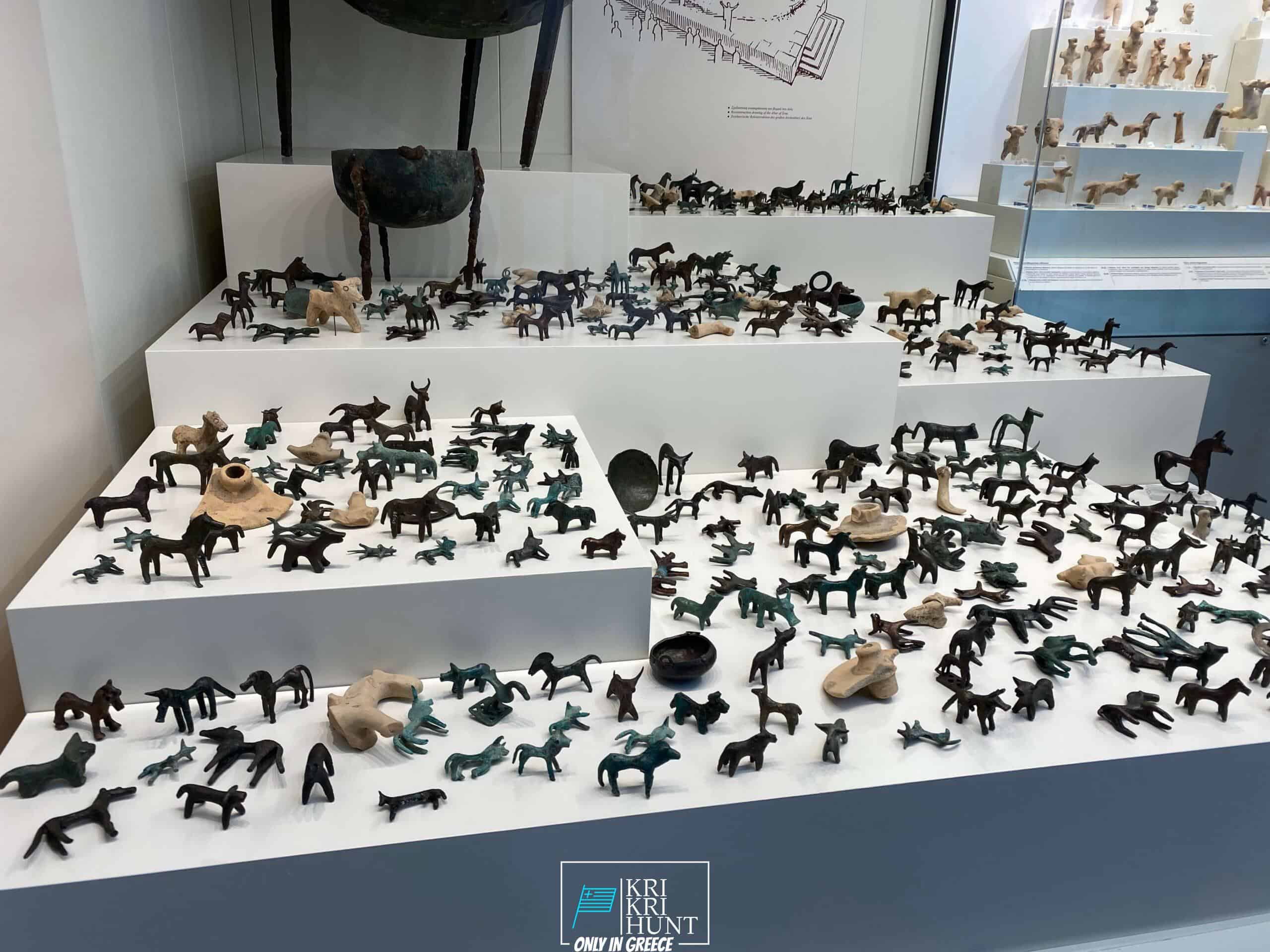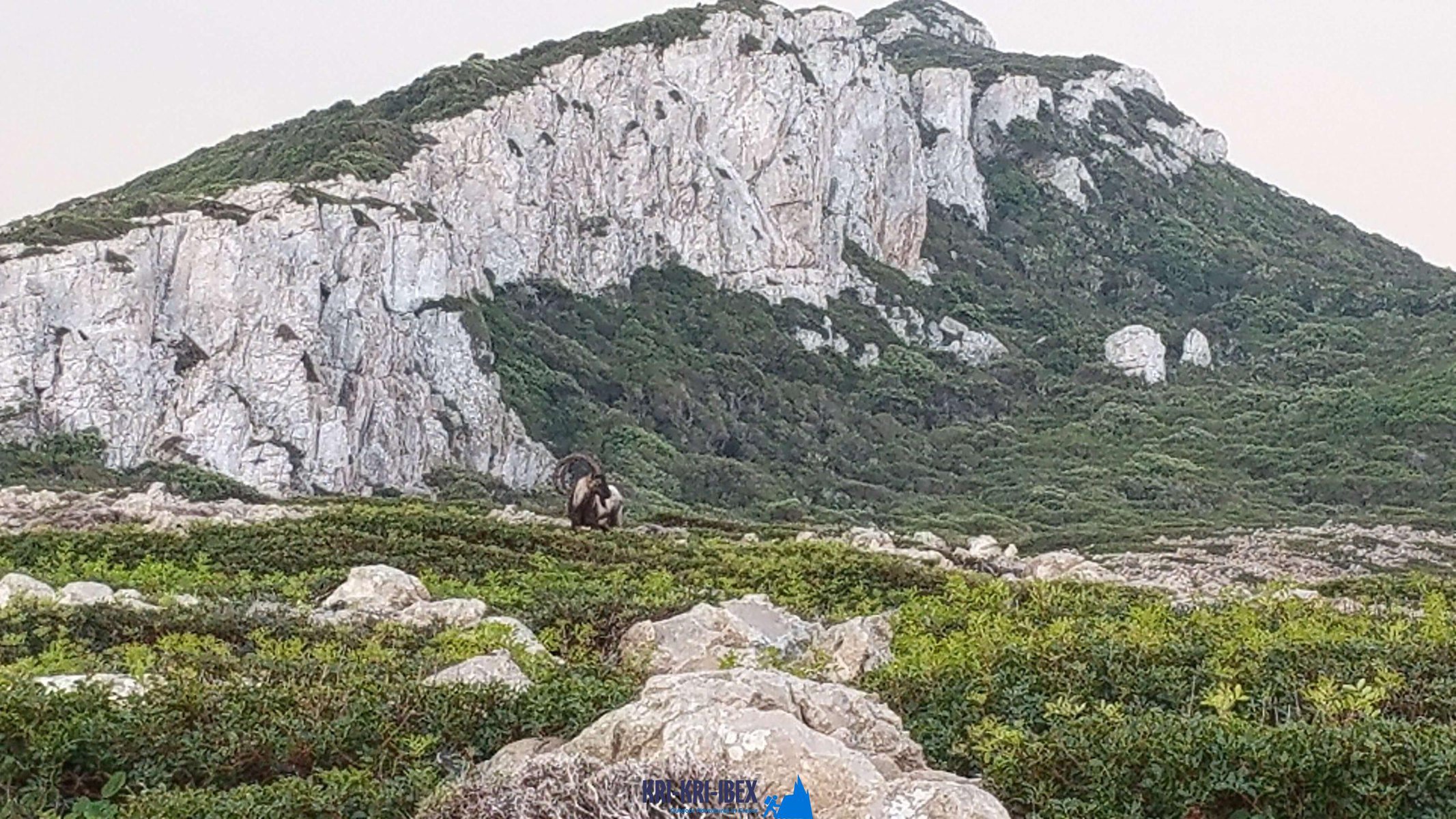Best ibex searching in Greece
Best ibex searching in Greece
Blog Article

Searching for Kri Kri ibex in Greece is a remarkable searching exploration and fantastic vacation done in one. Ibex hunting is generally a harsh experience, but not in this case! Dive to shipwrecks as well as spearfishing in ancient Greece, or delight in ibex hunting in an exotic place are just a few of the important things you could do during a week lengthy ibex hunting excursion in Greece. Can you think about anything else?

Searching Kri-kri Ibex on Sapientza island can be a challenging as well as tough job. The surface is rugged, with sharp, rugged rocks that can conveniently leave you shoeless after only two trips. Additionally, shooting a shotgun without optics can be rather difficult. The search is certainly worth it for the possibility to gather one of these stunning creatures.
On our Peloponnese tours, you'll get to experience all that this fantastic area needs to use. We'll take you on an excursion of some of the most gorgeous and historic sites in all of Greece, consisting of old damages, castles, as well as more. You'll also reach experience several of the typical Greek society direct by taking pleasure in a few of the tasty food and wine that the area is recognized for. As well as obviously, no trip to Peloponnese would certainly be full without a dip in the sparkling Mediterranean Sea! Whether you're an experienced seeker looking for a brand-new experience or a novice traveler simply seeking to check out Greece's spectacular landscape, our Peloponnese tours are perfect for you. So what are you awaiting? Reserve your trip today!
If you are looking for an authentic Greek experience away from the hustle and also bustle of tourist then look no better than Methoni in The Peloponnesos! Our outside searching for Kri Kri ibex, angling, cost-free diving as well as exploring Peloponnese tours from Methoni are the excellent method to discover this lovely area at your very own pace with like minded individuals. Contact us today to schedule your position on one of our excursions.
What is the diference between Kri Kri ibex, Bezoar ibex and hybrid ibex
The kri-kri is not thought to be indigenous to Crete, most likely having been imported to the island during the time of the Minoan civilization. Nevertheless, it is found nowhere else and is therefore endemic to Crete. It was common throughout the Aegean but the peaks of the 8,000 ft (2,400 m) White Mountains of Western Crete are their last strongholds–particularly a series of almost vertical 3,000 ft (900 m) cliffs called ‘the Untrodden’—at the head of the Samaria Gorge. This mountain range, which hosts another 14 endemic animal species, is protected as a UNESCO Biosphere Reserve. In total, their range extends to the White Mountains, the Samaria National Forest and the islets of Dia, Thodorou, and Agii Pandes.
This Ibex is NOT a diminutive form of the Bezoar Ibex, which has migrated into the western-most reach of the range of this species. The kri – kri (Capra aegagrus cretica), sometimes called the Cretan goat, Agrimi, or Cretan Ibex, is a feral goat inhabiting the Eastern Mediterranean, previously considered a subspecies of wild goat. The kri-kri has a light brownish coat with a darker band around its neck. It has two horns that sweep back from the head. In the wild they are shy and avoid tourists, resting during the day. The animal can leap some distance or climb seemingly sheer cliffs.
“The agrimi goat Capra aegagrus cretica is unique to Crete and its offshore islands. It has been identi®ed as a sub-species of the wild bezoar goat Capra aegagrus aegagrus Erxleben, 1777, which it closely resembles in horn shape, body form and coloration. This classi®cation has been disputed by some researchers who claim that the agrimi are feral goats, derived from early domestic stock brought to the island by the ®rst Neolithic settlers. In order to clarify this issue, DNA analyses (cytochrome b and D loop sequences) were carried out on tissue of live and skeletonized agrimi and compared to sequences of wild and domestic caprines. Results conclusively show the agrimi to be a feral animal, that clades with domestic goats (Capra hircus) rather than with wild Asiatic bezoar. This study demonstrates that morphometric criteria do not necessarily re¯ect genetic af®nities, and that the taxonomic classi®cation of agrimi should be revised.”
Report this page